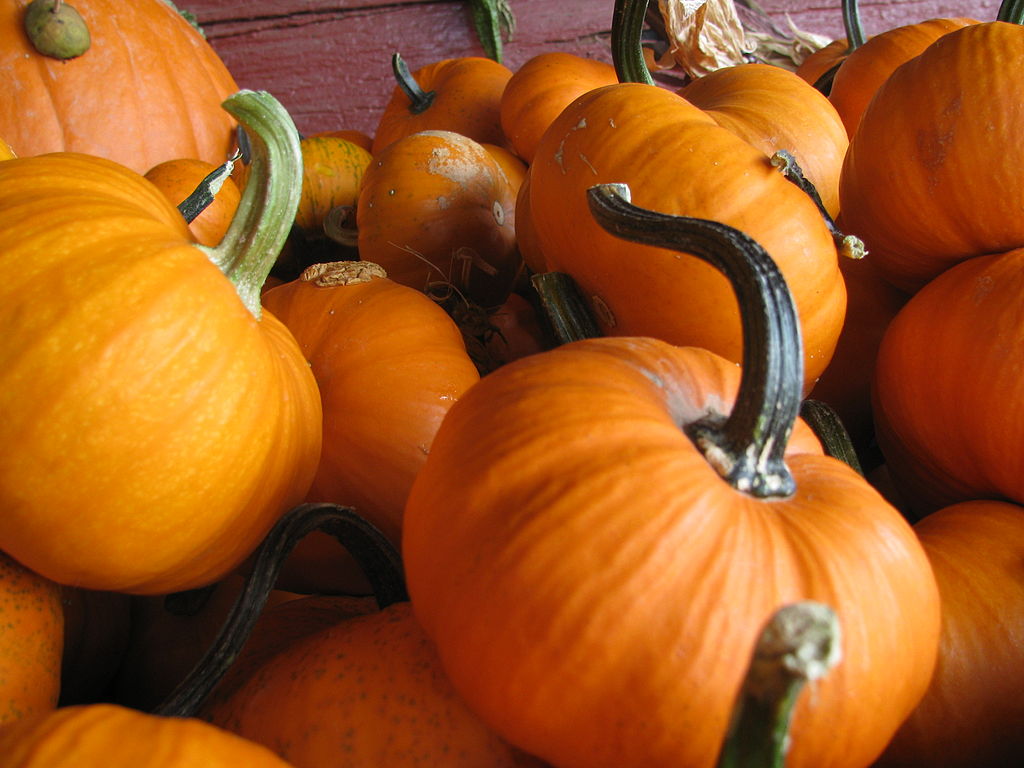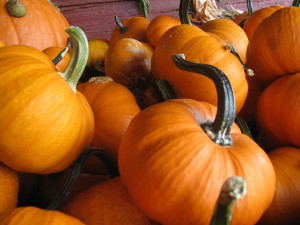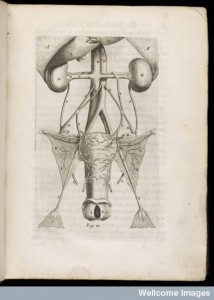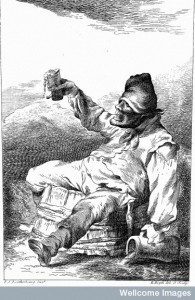
As Halloween approaches and the shops fill up with pumpkins ready for carving into laterns, I thought it would be interesting to see what our early modern forebears thought they were useful for.

The second edition of A Treatise of all Sorts of Foods, both ANIMAL and VEGETABLE attributed to Lemery described the pumpkins and their virtues. It was noted that pumpkins were cooling, moistening, quenched thirst and sharp humours, but were also hard to digest and so caused wind and cholic. They were phlegmy and contained a moderate amount of salt, but only a little oil. The author explained that ‘They agree in hot weather with young bilious People, but Persons of a cold and phlegmatic Constitution ought to abstain from them.’
In a section of further remarks, the author described how ‘They usually mix the Pumpkins with some Aromatic Herbs, such as Parsley, Onions, Mustard, Pepper, several other sharp and volatile Things, fit to attenuate the viscous Phlegm of this Fruit in the Stomach.’ Alternatively he suggested that pumpkins could be preserved with sugar, which would make it more wholsom and more pleasant to eat. Discussing their medical properties it was claimed that they ‘may be us’d in Distempers of the Breast, in order to allay the Sharpnesses that are there.’1
Pumpkins were also sometimes called pumpion, or pompion (although this term was also used for a type of melon so it can be a little confusing). Nicholas Culpeper’s Directory for Midwives recommended that those suffering from psoriasis should ‘apply a Pumpion split in two’, to cool the condition.2 The works of Richard Mead from 1762 argued that pumpion-seeds were good to remove small pox from the face and the rest of the body.3 Mary Kettilby’s Collection of above three hundred receipts in cookery, physick and surgery advocated applying the cooling virtues of pumpkins to treat pleurisy, an abscess in the ribs or chest, or a fever. This cooling drink was made as follows:
Put an Ounce of Pearl-Barley, into three Pints of Water, shift it twice; beat half an Ounce of Almond, with a bit of Lemon-peel, and a Spoonful or two of the Water; when they are very fine, wash the Almond-milk thorugh your Sieve, with three Pints of Barley-Water; in the last boiling of this, you may put Mellon-seeds, and Pumpion-seeds, half a Dram; when these are well boil’d, mix the Liquor with the Almonds, and strain all. Sweeten it with Syrup of Lemons, for a Fever, or Syrup of Maiden-hair, and drink four Ounces every three or four Hours’4
Perhaps appropriately for a Halloween horror story, another text attributed to Lemery, the Modern Curiosities of Art and Nature published in 1685, included a recipe designed ‘To make all the People in a House to sleep, without being able to wake’
Take half a quarter of an ounce of the herb called Dragon-wort, which put into a Gourd, or Pumpkin, which cover with another, and put it in a Horses belly for the space of nine days, after which time you will find it converted into a little red Worms, from which according to the Art extract an Oyle, which put into the Lamps, which being lighted, all that are in the House will be seiz’d with a profound Sleep, so that they cannot be awaked without putting out the Lamp’.5
________________________________
- M. L. Lemery, A Treatise of all Sorts of Foods, both Animal and Vegetable (London, 1745), pp. 52-3.
- Nicholas Culpeper, The Fourth Book of Practical Physick of Women’s Diseases (London, 1716), p.358.
- Richard Mead, The Medical Works of Richard Mead, M. D. (London, 1762), p.381.
- Mary Kettilby, A Collection of above three hundred Receipts in Cookery, Physick and Surgery … (London, 1728), p.130.
- Lemery, Modern Curiosoties of Art and Nature (London, 1685), p. 161.


2 thoughts on “Pumpkin powers”
Comments are closed.